Healthy Aging: How Beginner’s Yoga Can Help You Live an All Around Healthier Life
While most of us know that regular exercise is an important part of overall health, it can be difficult to make our bodies perform in the ways we think are necessary in order to feel the physical benefits. This is especially true as we age, when muscles and organs begin to work differently and we lose flexibility and mobility. Beginner’s yoga is the perfect remedy for addressing these limitations as we age. With both physical and mental benefits, the regular practice of yoga, at any level, can help you to live an all around healthier life. Here are just a few of the best reasons to take up yoga now, regardless of the number on your birthday card.
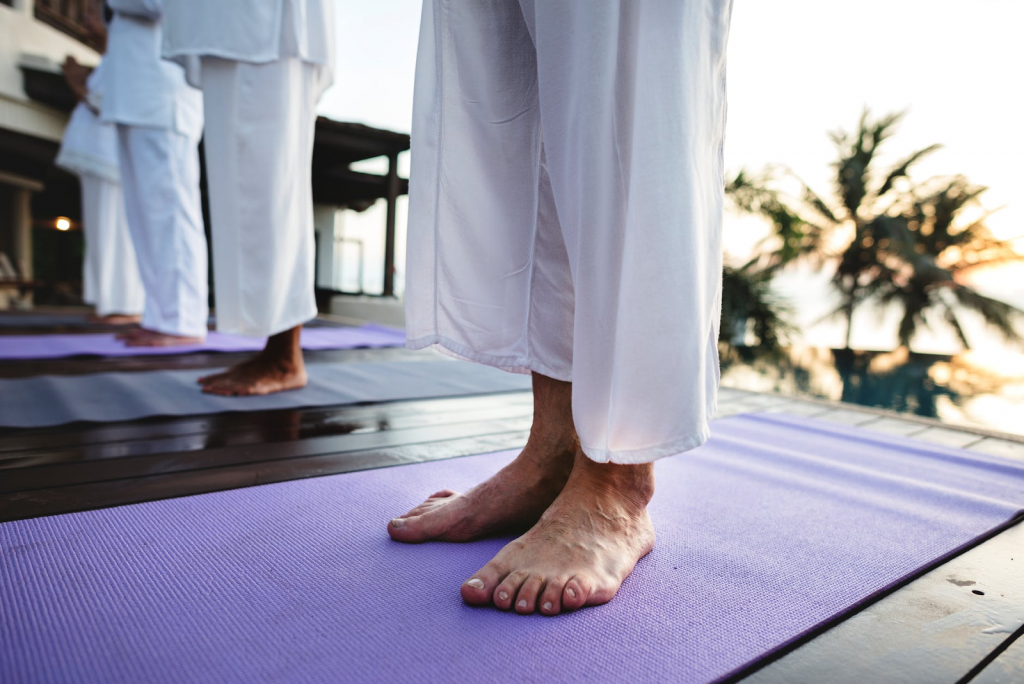
Physical Benefits
Many people begin practicing yoga in order to reap the physical benefits of the exercise. These are some of the ways yoga improves your physical health:
Increases stamina, flexibility, and mobility
The regular practice of yoga strengthens muscles and joints, allowing you to achieve more with your body, which is especially important as you age. It increases stamina, flexibility, and mobility, together with balance and coordination, which provides an effective yet gentle total body workout.
Helps encourage weight loss
We all know that increased physical exercise, when coupled with a healthy diet, can help you to achieve weight loss success when repeated regularly. This is also true for yoga. Once you begin to strengthen some of those forgotten muscles and joints, you will be able to practice yoga at a higher calorie burning level.
Alleviates physical ailments
Yoga practitioners around the world sing the praises of the exercise’s ability to remedy a number of physical ailments, some of which are particularly prevalent as you age. Regular yoga, even at the beginner’s level, can help to alleviate symptoms of heart conditions, blood flow and circulation issues, and muscle, bone, and joint problems. This kind of physical exercise also lowers cholesterol and blood sugar, thereby lowering your risk for other related health issues like diabetes and stroke.
Mental Benefits
If you weren’t convinced to begin practicing yoga by the physical benefits alone, check out the ways in which yoga can increase mental health as well.
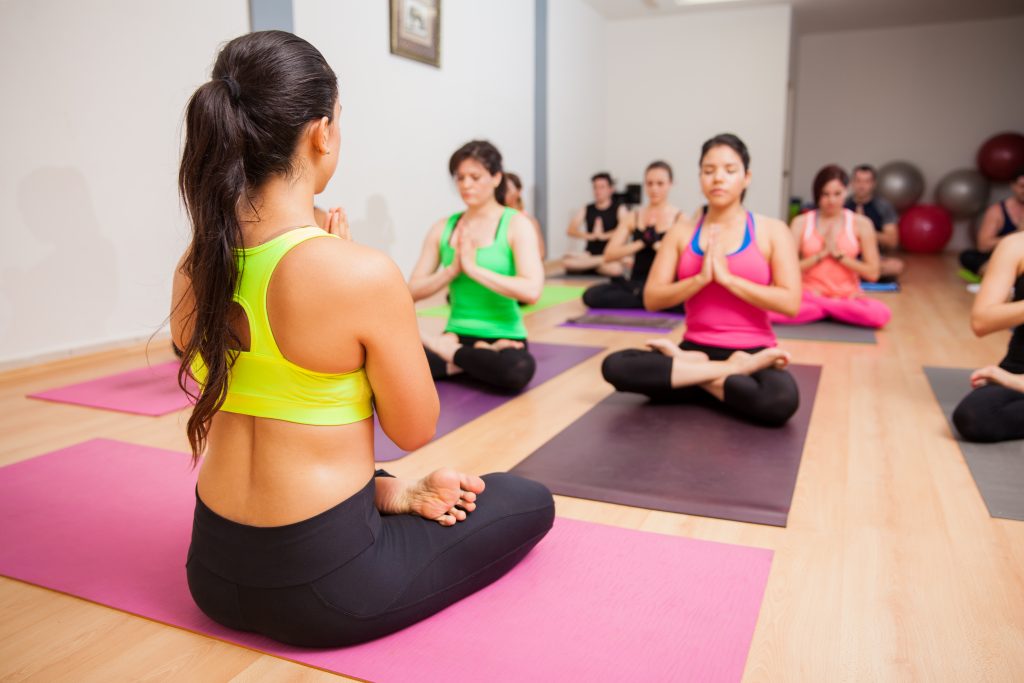
Relaxes mind as well as body
The repetitive and meditative style of yoga is called upon time and again to help relax both the body and the mind. Poses performed at the beginning and end of yoga routines in particular are focused at calming the mind and relaxing the muscles in your body. This relaxation cannot be underestimated when it comes to the state of your mental health and well being.
Gives focus and awareness
Repeated exercises like those found in beginner’s yoga classes are designed to focus and sharpen your mind, increasing both your awareness of the world around you as well as your concentration levels. This can be especially beneficial for very busy people, older adults, and even energetic children, who find that yoga helps them to focus their train of thought and remain calm even in the most stressful of situations.
Relieves stress
Calming thoughts and repeated poses that are common to yoga have the ability to release tension in the body, giving focus to the practitioner. This focus allows positive thought, which logically relieves stress. Lowered stress levels are good for everyone, but best of all they have positive knock-on effects with regards to your physical health too, making yoga an all around positive practice for a healthier life
Kaitlin Krull is a writer and mom of two girls living the expat life in the UK. Her writing is featured on Modernize.com and a number of fitness, health, and home decor sites around the web. She’s a yoga enthusiast of 5 years and loves anything that promotes a healthy mental state and positive lifestyle.

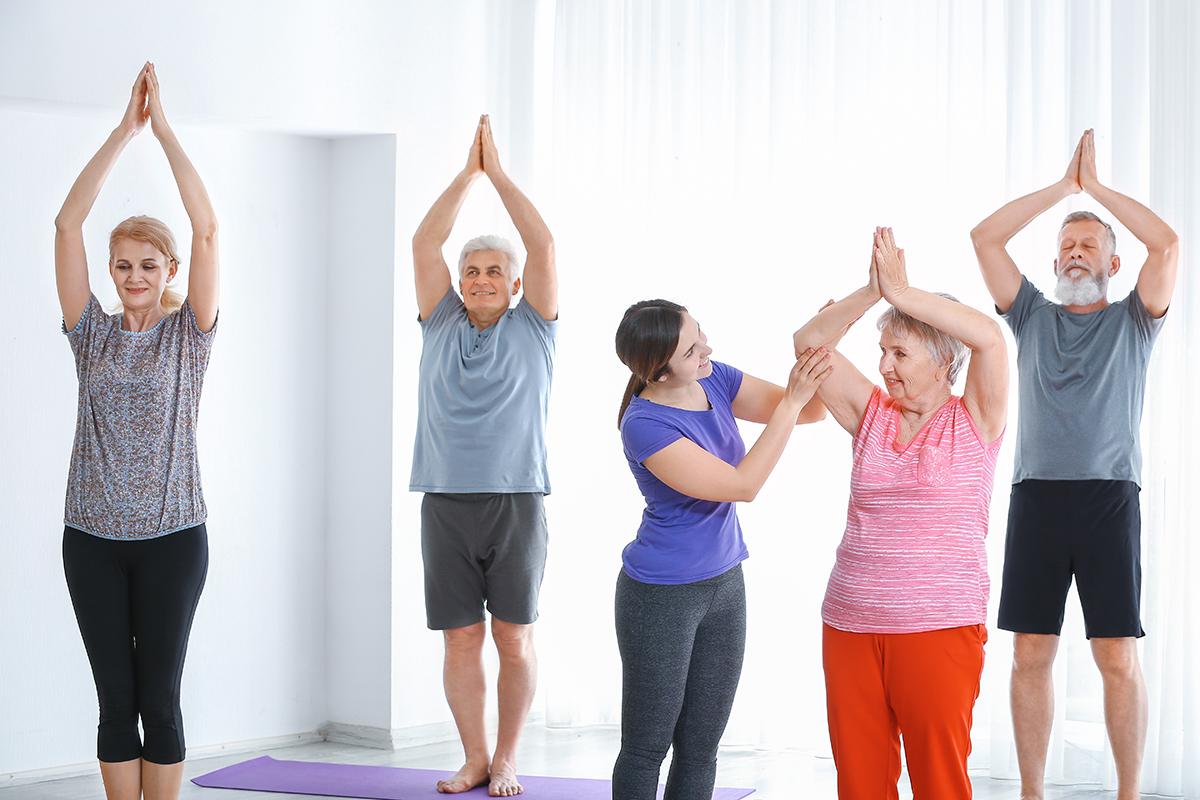



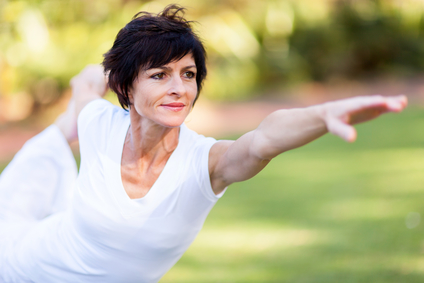
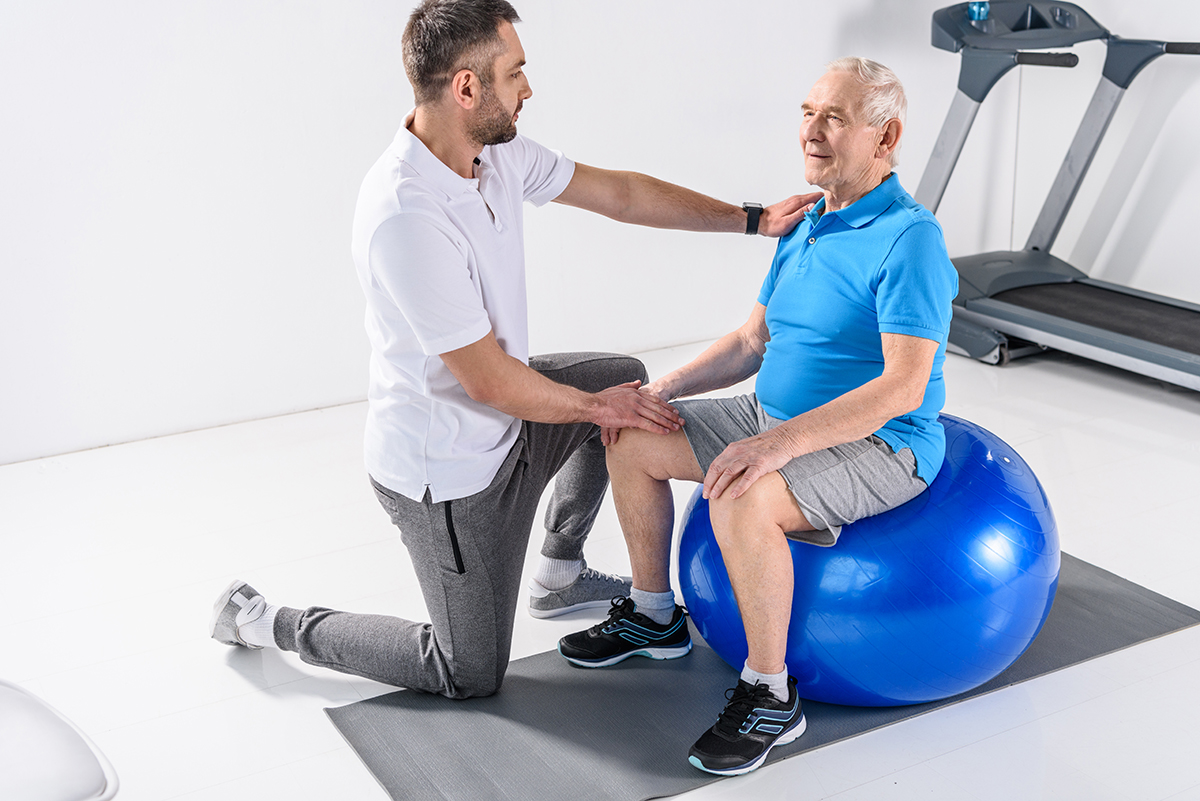



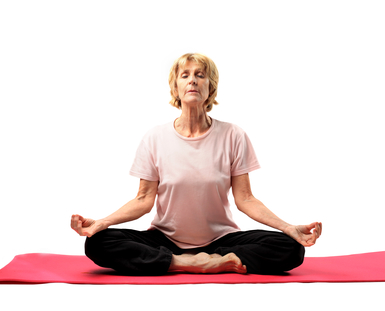
 Just as yoga can improve overall physical fitness for healthy individuals, it can improve fitness for people with arthritis. But with this population, the stakes are even higher. Yoga can improve balance, which prevents dangerous falls. Yoga practice can enhance flexibility, which allows individuals to maintain mobility over time. Improved strength means greater joint stability. Improved strength means a reduction in the muscle loss that accompanies some forms of arthritis. Improved strength means an increased ability to participate in everyday activities that can be challenging as joints deteriorate.
Just as yoga can improve overall physical fitness for healthy individuals, it can improve fitness for people with arthritis. But with this population, the stakes are even higher. Yoga can improve balance, which prevents dangerous falls. Yoga practice can enhance flexibility, which allows individuals to maintain mobility over time. Improved strength means greater joint stability. Improved strength means a reduction in the muscle loss that accompanies some forms of arthritis. Improved strength means an increased ability to participate in everyday activities that can be challenging as joints deteriorate. Hey! Did you know that all pain is all in your head? It doesn’t mean you don’t have real pain when something to cause pain happens, or that chronic pain is not real. Feelings of pain are very real and are initiated by the brain for a very important basic reason…to keep you safe.
Hey! Did you know that all pain is all in your head? It doesn’t mean you don’t have real pain when something to cause pain happens, or that chronic pain is not real. Feelings of pain are very real and are initiated by the brain for a very important basic reason…to keep you safe. There is growing evidence that chronic pain is caused by multiple factors including cognitive, physiological, and behavioral factors. If you are working with clients or interacting with a family member with chronic pain, it is important to understand that it is not just simply a physiological response to pain. It is important to effectively influence a client’s attitude, cultural background and belief system-which influences social norms and perceived behavioral control. To achieve the highest positive health/fitness results among the chronic pain population, it is important to know and understand your client as a whole person.
There is growing evidence that chronic pain is caused by multiple factors including cognitive, physiological, and behavioral factors. If you are working with clients or interacting with a family member with chronic pain, it is important to understand that it is not just simply a physiological response to pain. It is important to effectively influence a client’s attitude, cultural background and belief system-which influences social norms and perceived behavioral control. To achieve the highest positive health/fitness results among the chronic pain population, it is important to know and understand your client as a whole person.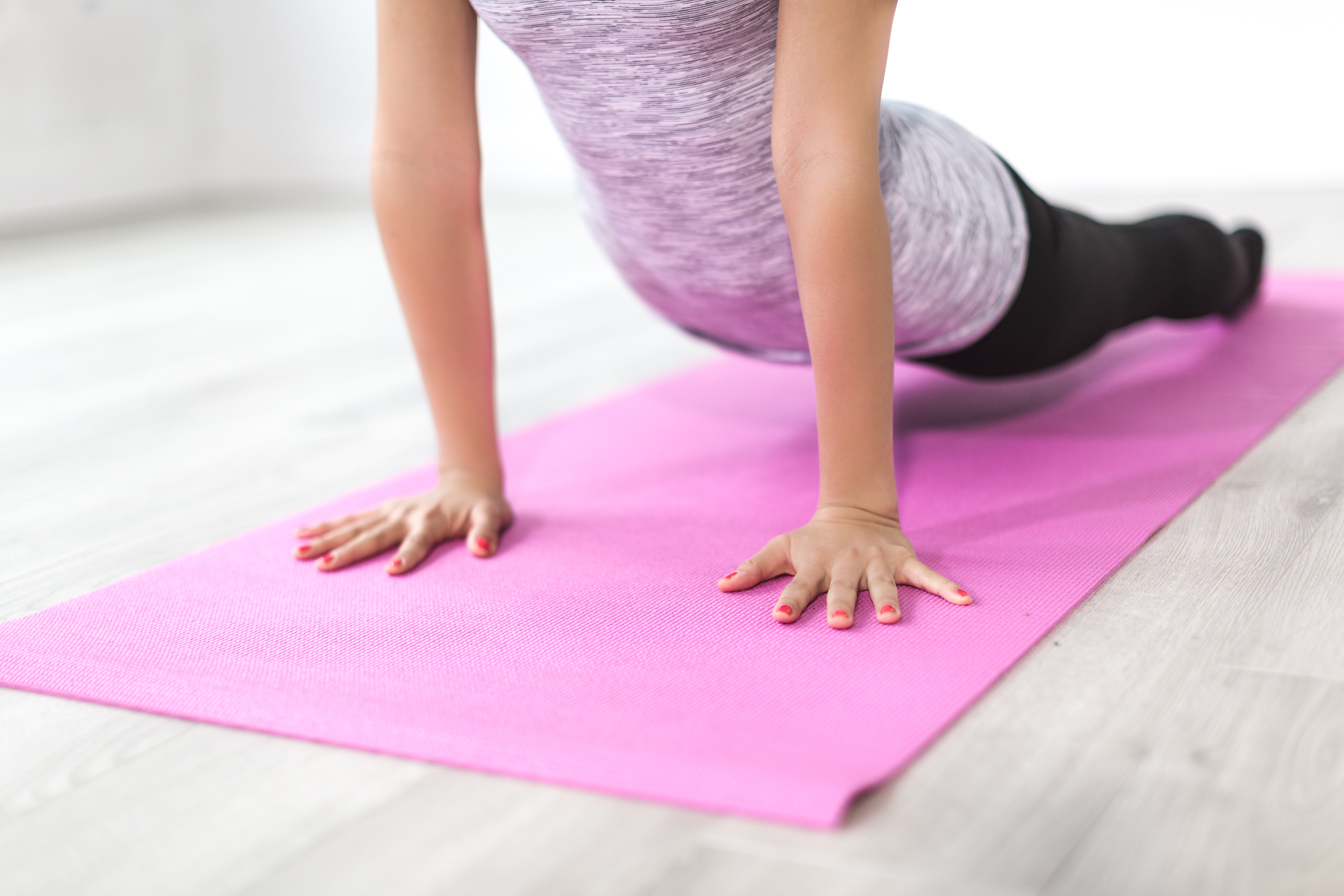

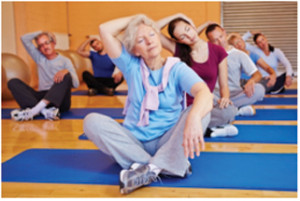 In addition to that, gentle and restorative of yoga can help to slow you down mentally. As a result, it would be easier for you to prevent eating caused by emotions.
In addition to that, gentle and restorative of yoga can help to slow you down mentally. As a result, it would be easier for you to prevent eating caused by emotions.